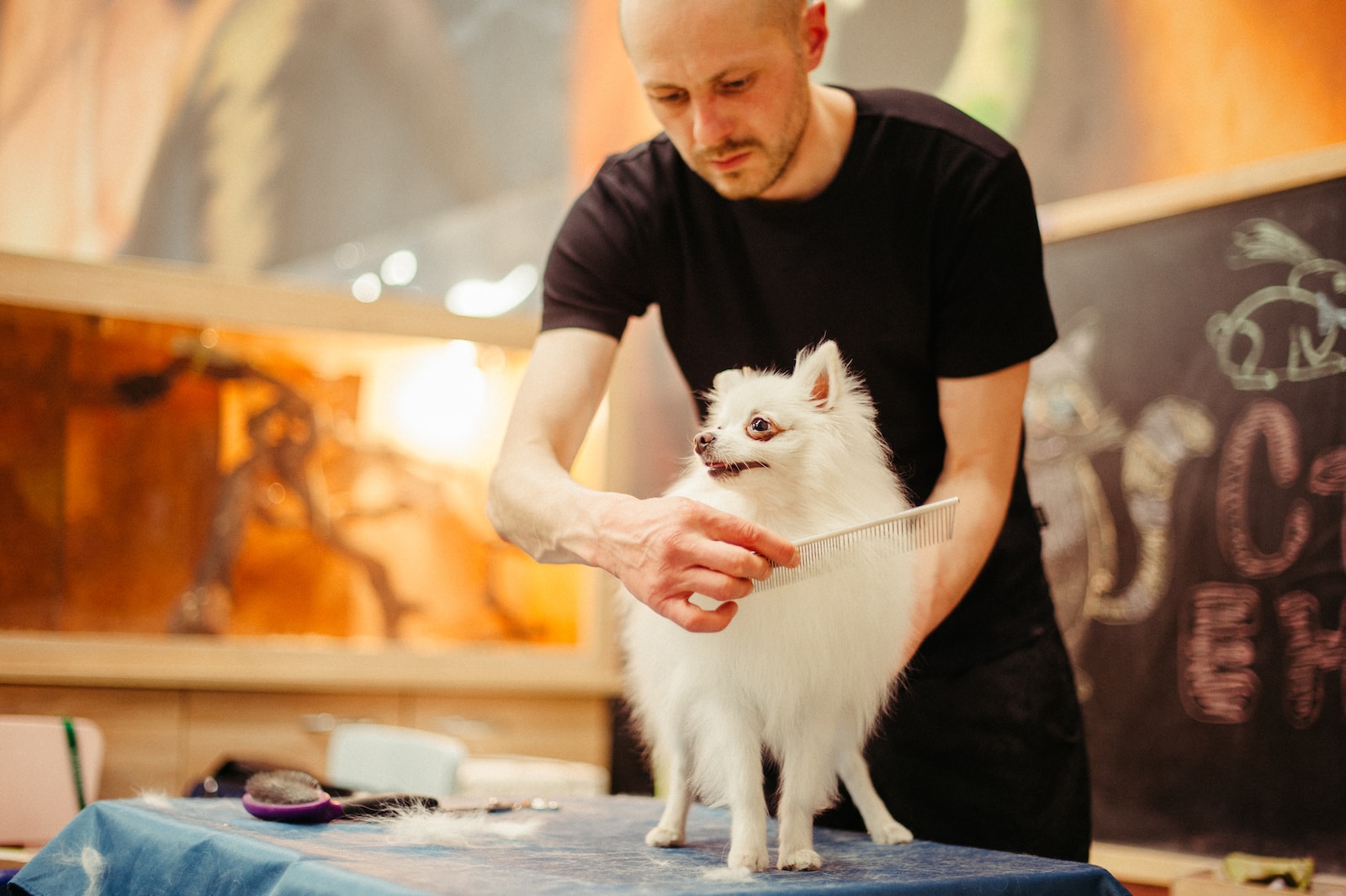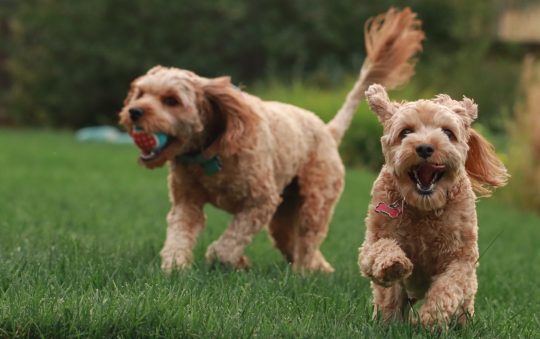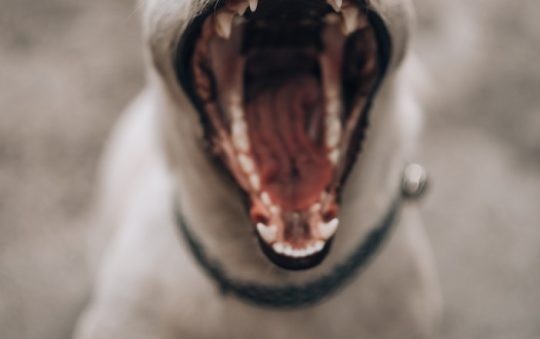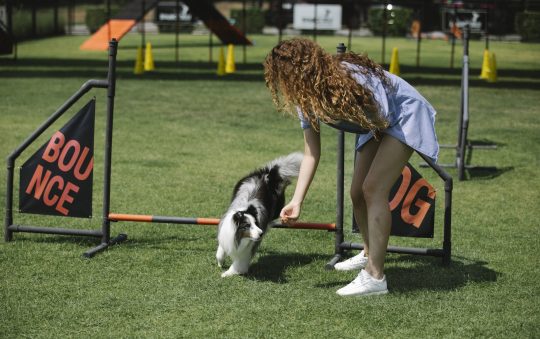As a dog lover, I know firsthand the importance of grooming my furry friend. Not only does it keep them looking and smelling great, but it also promotes their overall health and wellbeing. However, with so many tools, techniques, and tips out there, it can be overwhelming to know where to start. That’s why I’ve put together this guide to Dog Grooming 101: Essential Tools, Techniques, and Tips for a Healthy, Happy Dog.
When it comes to grooming your pet, there are a few essential tools that every dog owner should have on hand. These include a good quality brush, nail clippers, and shampoo specifically formulated for dogs. Of course, the type of brush and shampoo you need will depend on your dog’s breed and coat type, so it’s important to do your research and consult with your veterinarian or a professional groomer if you’re unsure. In addition to these basics, there are also a variety of other grooming tools and accessories available, such as dematting combs, ear cleaners, and toothbrushes, that can help keep your dog looking and feeling their best.
Of course, having the right tools is only half the battle. Knowing how to use them properly is just as important. In this guide, I’ll cover the basics of brushing, bathing, nail trimming, and ear cleaning, as well as provide tips for dealing with common grooming issues like shedding and matting. Whether you’re a first-time dog owner or a seasoned pro, this guide will provide you with all the information you need to keep your furry friend looking and feeling their best.
Essential Tools
When it comes to grooming your dog, having the right tools on hand can make all the difference. From brushes and combs to clippers and trimmers, here are some of the essential tools you’ll need to keep your furry friend looking and feeling their best.
Brushes and Combs
Different breeds of dogs have different types of coats, so it’s important to choose the right brush or comb for your pup. A slicker brush is great for removing tangles and mats in long-haired breeds like Afghan Hounds, while a bristle brush is perfect for short-haired breeds like Boxers. A comb can also be useful for removing any remaining tangles or mats.
Clippers and Trimmers
If your dog has long hair that needs to be trimmed, or if you want to give them a stylish haircut, clippers and trimmers are a must-have. Make sure to choose clippers specifically designed for dogs, as human clippers can easily overheat and cause discomfort for your pup.
Nail Clippers and Styptic Powder
Trimming your dog’s nails is an important part of their grooming routine, as long nails can cause discomfort and even lead to health issues. Nail clippers designed for dogs are the best option, as they are specifically designed to cut through the thick nails of larger breeds like Poodles. Styptic powder can also be useful in case of accidental cuts, as it helps to stop bleeding.
Shampoo and Conditioner
Regular baths are essential for keeping your dog’s coat healthy and shiny. Make sure to choose a shampoo and conditioner specifically designed for dogs, as human products can be too harsh on their skin. Look for products that are gentle and moisturizing, and avoid anything with harsh chemicals or fragrances.
Ear Cleaner
Cleaning your dog’s ears is an important part of their grooming routine, as it helps to prevent infections and keep their ears healthy. Look for an ear cleaner designed specifically for dogs, and make sure to follow the instructions carefully to avoid causing any discomfort or damage.
Toothbrush and Toothpaste
Just like humans, dogs need regular dental care to keep their teeth and gums healthy. Investing in a toothbrush and toothpaste specifically designed for dogs can help to prevent tartar buildup and keep their breath fresh. Make sure to choose a toothpaste that is safe for dogs to swallow, and start slowly to help your pup get used to the process.
Having the right equipment on hand can make grooming your dog a breeze. By investing in the right tools and products, you can help keep your furry friend healthy, happy, and looking their best.
Grooming Techniques
It’s important to keep your furry friend clean and well-groomed. Regular grooming not only keeps your dog looking and smelling good, but it also helps maintain their overall health and hygiene. In this section, we’ll cover some essential grooming techniques to help you keep your dog healthy and happy.
Bathing
Bathing your dog is an important part of their grooming routine. How often you should bathe your dog depends on their breed, coat type, and activity level. Generally, dogs should be bathed every 4-6 weeks. Use a dog-specific shampoo and conditioner, and make sure to rinse thoroughly to avoid any residue. Avoid getting water in your dog’s ears and eyes, and use cotton balls to protect their ears during the bath.
Brushing and De-tangling
Regular brushing helps prevent matting and tangles in your dog’s coat. How often you should brush your dog depends on their coat type – dogs with longer hair may need to be brushed daily, while dogs with shorter hair may only need to be brushed once a week. Use a brush or comb that is appropriate for your dog’s coat type, and work in sections to ensure you don’t miss any spots. If you encounter any tangles or mats, use a de-tangling spray or conditioner to help loosen them before brushing.
Nail Trimming
Keeping your dog’s nails trimmed is important for their comfort and health. Long nails can cause discomfort and even lead to joint problems. How often you should trim your dog’s nails depends on their activity level – dogs who walk on pavement regularly may naturally wear down their nails, while dogs who spend more time indoors may need their nails trimmed more often. Use a pair of dog-specific nail clippers and trim the nail just below the quick (the pink part of the nail that contains blood vessels). If you’re unsure how to trim your dog’s nails, ask your vet or a professional groomer for guidance.
Coat Clipping
Some dogs may need their coat clipped to keep it at a manageable length. How often you should clip your dog’s coat depends on their breed and coat type – some breeds may need to be clipped every few months, while others may only need it once a year. Use clippers that are appropriate for your dog’s coat type, and work in sections to ensure you don’t miss any spots. If you’re unsure how to clip your dog’s coat, ask your vet or a professional groomer for guidance.
Teeth Cleaning
Maintaining your dog’s dental hygiene is important for their overall health. Regular teeth cleaning can help prevent dental problems such as gum disease and tooth decay. Use a dog-specific toothbrush and toothpaste to brush your dog’s teeth, and aim to do it at least once a week. If your dog is resistant to having their teeth brushed, try using a dental spray or chew instead.
Ear Cleaning
Cleaning your dog’s ears can help prevent infections and maintain their overall hygiene. Use a dog-specific ear cleaner and cotton balls to gently clean the inside of your dog’s ears. Avoid using cotton swabs, as they can push debris further into the ear canal. If you notice any signs of infection (such as redness, swelling, or discharge), contact your vet for guidance.
By following these essential grooming techniques, you can help keep your dog healthy and happy. Remember to tailor your grooming routine to your dog’s individual needs, and don’t hesitate to ask for guidance from your vet or a professional groomer if you’re unsure about anything.
Tips for a Happy and Healthy Dog
When you are a dog owner, it’s important to keep your furry friend happy and healthy. Here are some tips to help you do just that.
Exercise
Regular exercise is important for your dog’s physical and mental well-being. It can help them maintain a healthy weight, prevent boredom, and reduce stress and anxiety.
I make sure to take my dog for a walk every day, and we also play fetch in the backyard. If you have a fenced-in yard, your dog can run around and play on their own. You can also take them to a dog park to play with other dogs.
Chew Toys
Chewing is a natural behavior for dogs, and providing them with appropriate chew toys can help prevent destructive chewing on your furniture and shoes.
I like to give my dog a variety of chew toys, including rubber toys, bones, and puzzle toys. Just make sure to supervise them while they’re chewing to make sure they don’t swallow any small pieces.
Vet Visits
Regular visits to the vet are important to keep your dog healthy. They can help detect and prevent health problems before they become serious.
I take my dog to the vet for an annual check-up and vaccinations. If your dog has any health concerns or behavior issues, it’s important to bring them to the vet as soon as possible.
By following these tips, you can help ensure that your dog is happy and healthy. Remember to provide them with regular exercise, appropriate chew toys, and regular visits to the vet.
Related Content:
Tips to care for your pooch
Futher Information for caring for your dog





